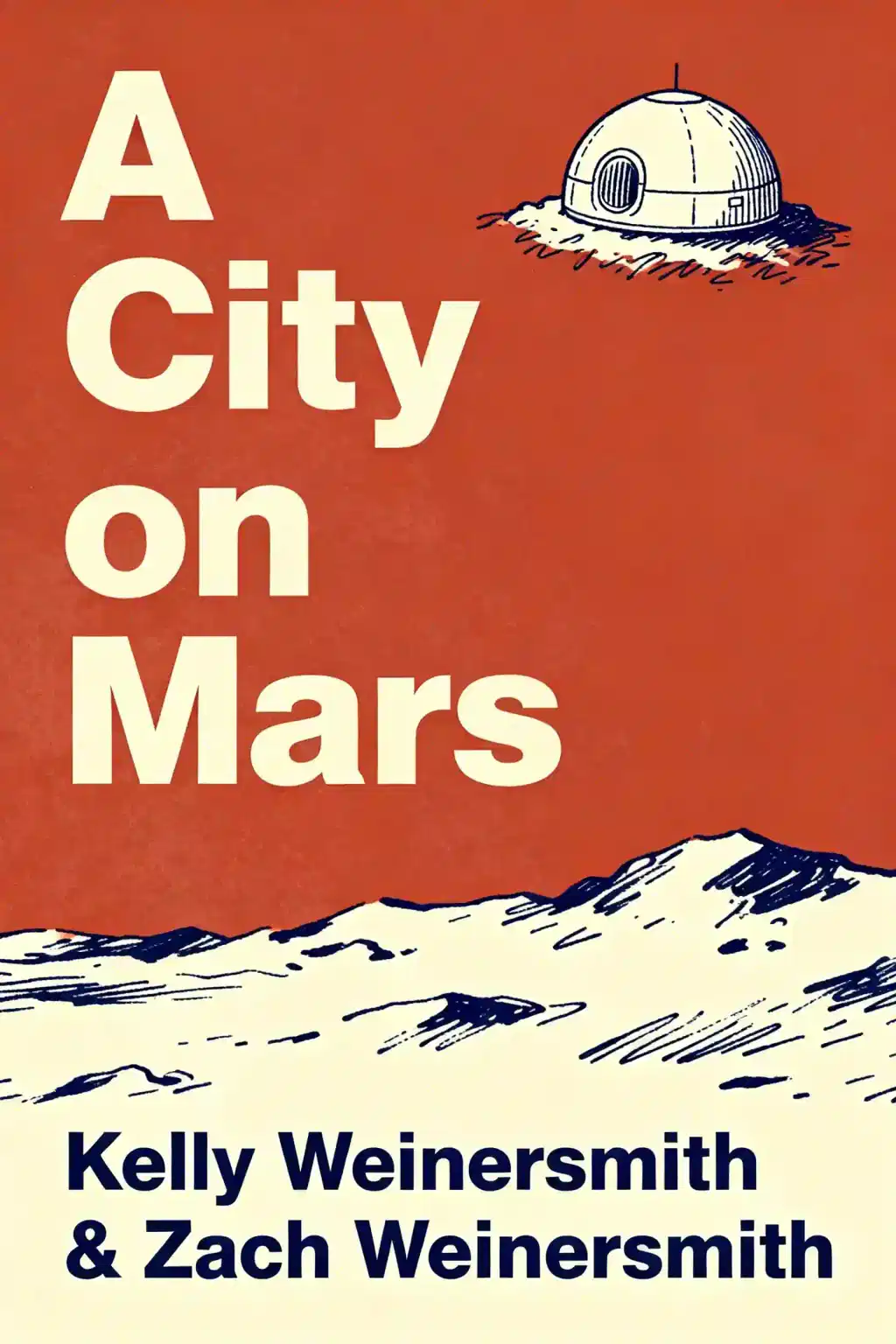What is
The Martian by Andy Weir about?
The Martian follows astronaut Mark Watney, stranded on Mars after his crew evacuates during a dust storm. Using botany and engineering skills, he battles isolation, equipment failures, and resource scarcity to survive while NASA orchestrates a risky rescue. The novel blends gripping survival drama with scientific problem-solving and dark humor.
Who should read
The Martian?
Fans of science fiction, survival stories, and STEM-driven narratives will enjoy this book. It appeals to readers seeking a mix of technical detail (e.g., space agriculture, chemistry) and character-driven resilience. Suitable for ages 16+, it’s ideal for those who appreciate witty protagonists and realistic space exploration scenarios.
Is
The Martian worth reading?
Yes—The Martian is praised for its fast-paced plot, accurate science, and Mark Watney’s humor under pressure. Critics highlight its balance of tension and optimism, making it a standout in modern sci-fi. The novel’s film adaptation also boosts its popularity, but the book offers deeper technical insights.
What are the main themes in
The Martian?
Key themes include resilience (Watney’s relentless problem-solving), collaboration (global efforts to rescue him), and human ingenuity (using science to overcome Mars’ harsh environment). The story emphasizes adaptability and logical thinking in crises, reflecting Weir’s focus on STEM-driven solutions.
How scientifically accurate is
The Martian?
Weir extensively researched orbital mechanics, botany, and chemistry to ensure plausibility. While some scenarios are dramatized (e.g., dust storm intensity), NASA scientists praised its realism. Concepts like hydrazine conversion for water and potato farming under controlled conditions are grounded in real science.
What challenges does Mark Watney face on Mars?
- Food scarcity: He grows potatoes using Martian soil and crew waste.
- Communication failure: Repairs a rover to contact NASA.
- Equipment breakdowns: Fixes Hab leaks and repurposes machinery.
- Launch risks: Modifies the MAV (Mars Ascent Vehicle) for escape.
How does
The Martian compare to Andy Weir’s other books?
Like Project Hail Mary, it features lone protagonists solving sci-fi crises with science, but The Martian focuses more on engineering challenges than interstellar diplomacy. Weir’s debut is less dialogue-driven but retains his signature humor and meticulous research.
Is
The Martian based on a true story?
No—it’s fictional but inspired by real Mars mission concepts. NASA’s Ares program and technologies like the Hab and MAV mirror actual proposals. Weir’s focus on plausible science led to collaborations with space agencies post-publication.
What is the significance of the Hab in
The Martian?
The Hab (habitat module) is Watney’s primary shelter, providing life support, temperature control, and space for potato farming. Its breaches and repairs drive key survival scenes, symbolizing humanity’s fragile yet tenacious hold on hostile environments.
How does
The Martian explore resilience?
Watney’s log entries (“I’m not gonna die here”) showcase his mindset: breaking colossal problems into manageable tasks. His failures (e.g., potato crop loss) highlight perseverance, while NASA’s willingness to risk crews underscores collective resilience.
What are some memorable quotes from
The Martian?
- “I’m gonna have to science the shit out of this”: Watney’s mantra for problem-solving.
- “In space, no one can hear you scream…martian, no one can hear you plot”: Dark humor amid crisis.
- “Work the problem”: A NASA philosophy central to the plot.
Are there criticisms of
The Martian?
Some note limited character development outside Watney and a heavy focus on technical detail over emotional depth. However, most praise balances these with pacing and humor. The lack of antagonistic forces (beyond Mars itself) polarizes readers seeking interpersonal conflict.














